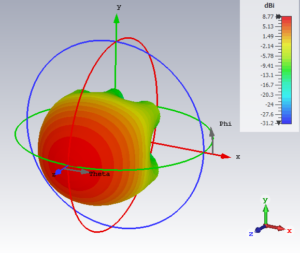To measure height above ground, there are different approaches:
Optical
Optical systems are based on the reflection of light and a subsequent transit time measurement until the reflected pulse is received.
A disadvantage is an increased sensitivity to atmospheric sources of interference such as dust, steam, smoke, water, clouds or fog. In addition, the amount of reflection is strongly dependent on the colour of the object. A black surface, for example, reflects much less visible light than a white surface.
For distance measurements, LIDAR sensors (light detection and ranging) are used, which can determine the distance based on the propagation time of the light.
Sound
One possibility are ultrasonic sensors, which emit an ultrasonic pulse and can calculate the distance of the reflected and received echo based on the time and the known propagation speed of sound in the air (v = 333 m/s).
The disadvantage is the relatively short distance compared to radar sensors, the accuracy is limited and the measuring time is long. In addition, the maximum flight speed is limited horizontally above ground by the opening angle of the ultrasonic sensors (linked by the speed of sound).
Elektromagnetic Waves
A radar device emits electromagnetic waves in the radio frequency range which propagate at the speed of light (for vacuum: c = 299 492 458 m/s) and are reflected by one or more objects, depending on the application. The reflected waves are received by an antenna in the radar receiver and then processed electronically.

